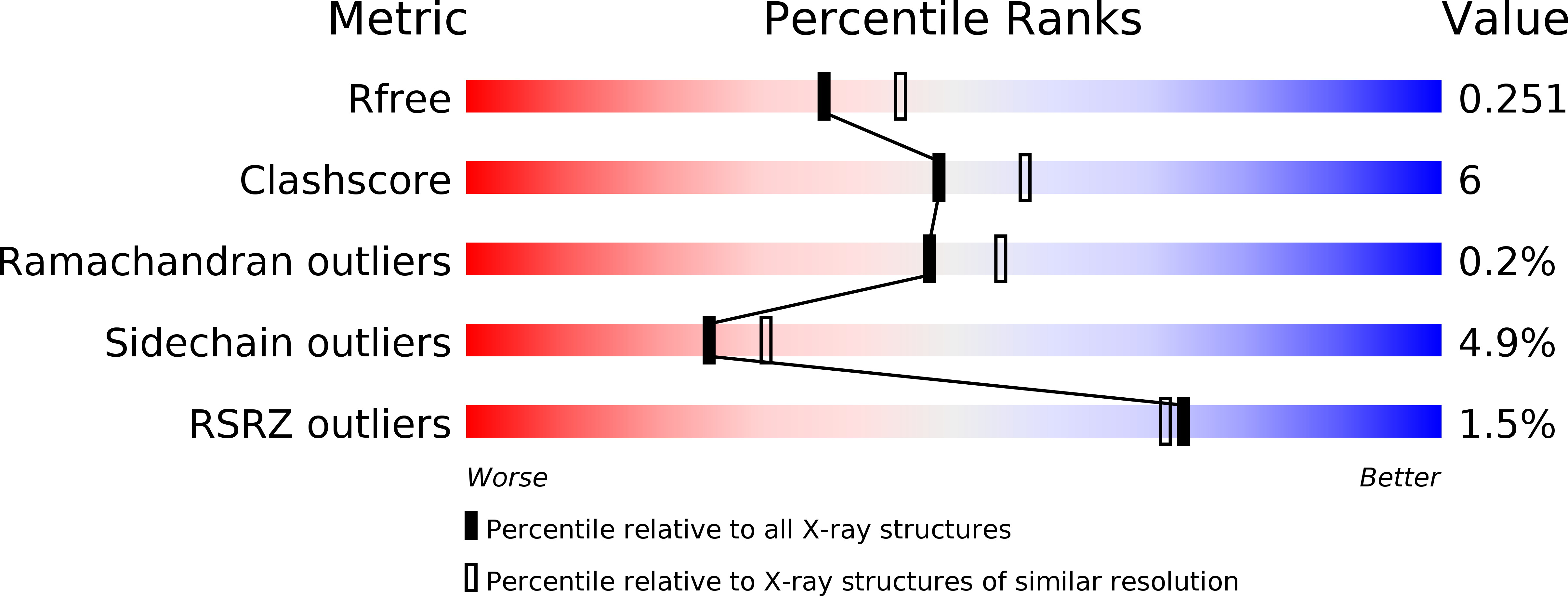
Deposition Date
2011-06-15
Release Date
2011-08-03
Last Version Date
2024-11-20
Entry Detail
PDB ID:
3SGJ
Keywords:
Title:
Unique carbohydrate-carbohydrate interactions are required for high affinity binding between FcgIII and antibodies lacking core fucose
Biological Source:
Source Organism:
Homo sapiens (Taxon ID: 9606)
Host Organism:
Method Details:
Experimental Method:
Resolution:
2.20 Å
R-Value Free:
0.25
R-Value Work:
0.19
R-Value Observed:
0.19
Space Group:
P 21 21 21


